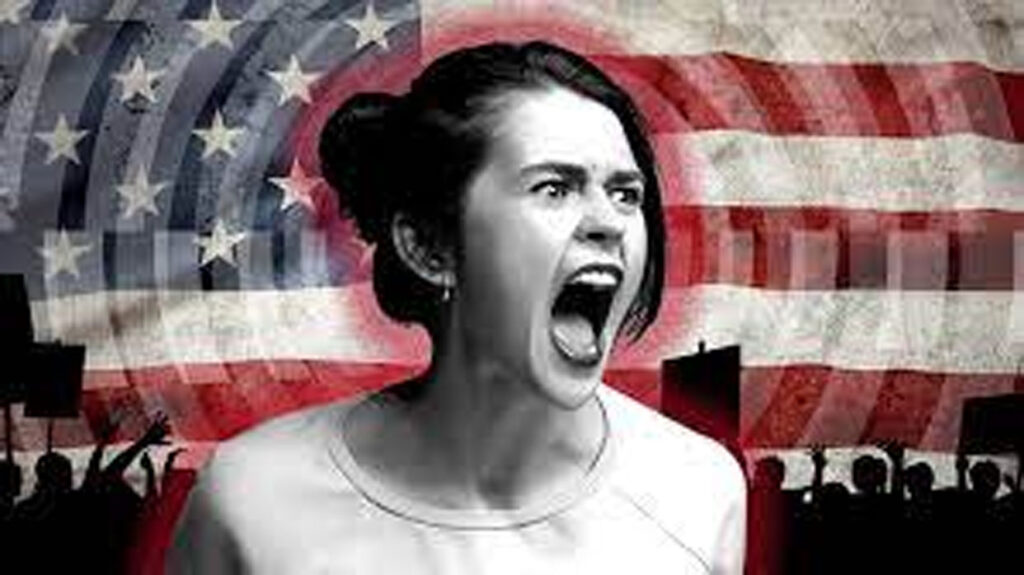If you think we are living in an era of anger, you have been paying attention. The one thing upon which we all should be able to agree is that the contemporary culture is characterized by negativism manifesting as … anger. Politics and a bad economy (for the average person) seem to be the drivers.
It is not just a matter of personal perception. There is documentation. Recent polling shows that 55 percent of us are “very angry” when it comes to politics. Another 34 percent are “somewhat angry.” Only 11 percent say they are not feeling any anger. One must wonder in what utopian bubble they exist.
The good news – be there any – is that our current cultural anger is not the result of a long trajectory of decline. It is more of a cyclical phenomenon. In a single lifetime, we have gone in and out of such emotional cycles. The 1950s were seen as an era of “peace and prosperity.” Everyone liked Ike (President Eisenhower) and seemingly each other.
It did not last, by the 1960s, we were engaged in social unrest – war protests, civil rights, feminism, gay rights. An unprecedented number of political figures were violently attacked or killed – President Jack Kennedy, Senator Bobby Kennedy, Dr. Martin Luther King, Governor George Wallace. It was an era of rioting and bombs. The 1960s were known as the “Days of Rage.” Arguably, the anger and political violence exceeds today.
The 1980s entered as another era of national unity, harmony and patriotism. It led to the 1984 reelection of President Reagan in one of the largest landslides in American history. He won 49 of the 50 states – topping his 44-state victory in 1980.
Eight years later, the national attitude turned sour again. The 1992 campaign was acrimonious. Scandal followed candidate Bill Clinton like a hound after the fox. He coined the phrase “politics of personal destruction” to describe the political climate. In response, President George H. W. Bush promised a “kinder and gentler” approach.
Following the terrorist attack on New York’s World Trade Towers, there was a reactive era of national unity. President George W. Bush was popular – and was handily reelected in 2004. While the election of President Obama was unprecedented and controversial, the national mood generally remained upbeat – or at least not angry. There was not a lot of demonstrable anger at the grassroots – and Obama was re-elected 2012.
No matter what one’s position may be on President Trump, there can be no refutation of the fact that he leads from anger. He set a pugnacious tone unlike any presidential candidate in American history. This was complemented by an equally divisive tone set by Trump’s opponent, former First Lady Hillary Clinton – who famous defined the Republican electorate as “a basket of deplorables.”
So … once again we are wallowing in the muck of angst and anger that is not only dividing the nation, but friends and family. Not dissimilar from what we experienced in the past – especially in the 1960s.
However, it is not the anger that divides us, but rather our division that creates the anger. When people in a democratic Republic are so evenly divided on most of the major issues, the political debate naturally heats up — turns acrid and personal. That is because slight shifts in the electorate can create profound changes in policy. Consequently, every issue becomes a balance-of-power issue. We fight over everything. We become angry with “the other side.”
The best thing we can say about this era of anger is that it WILL end – as it always has. As an answer to the headline question … I do not know when, just that it will. If politics was the weather, we would be experiencing a rainy day. But the sun will break through eventually. You can count on it. (But then, I am an optimist).
So, there ‘tis.
